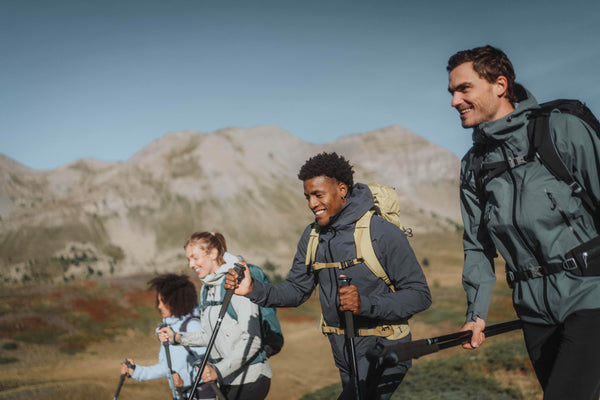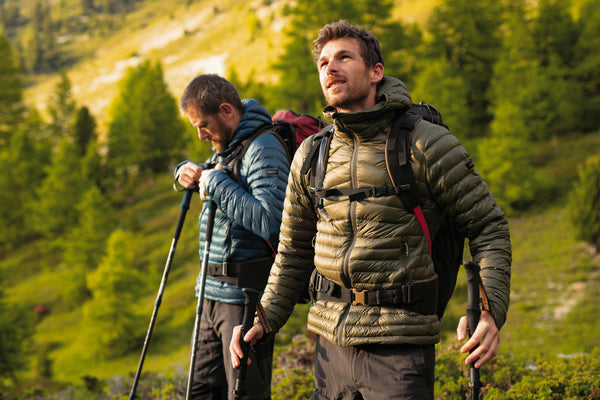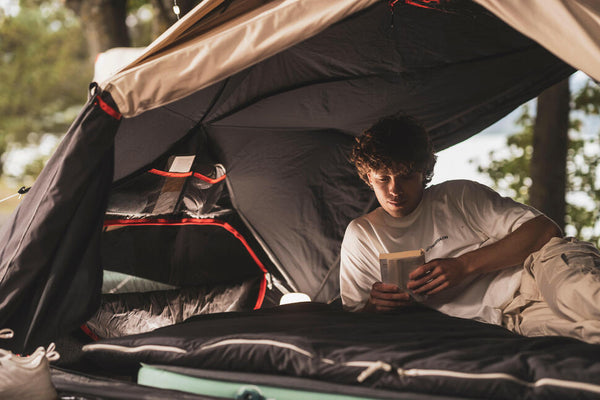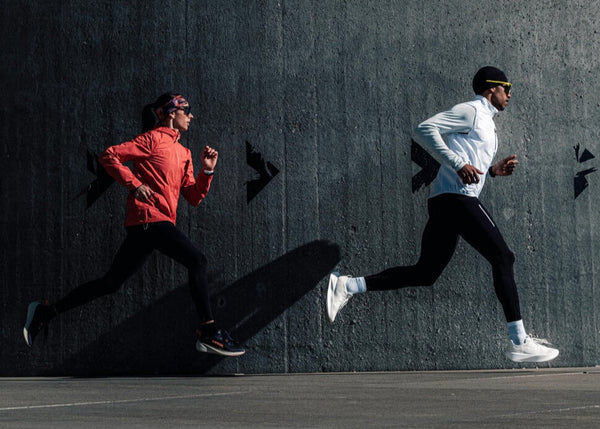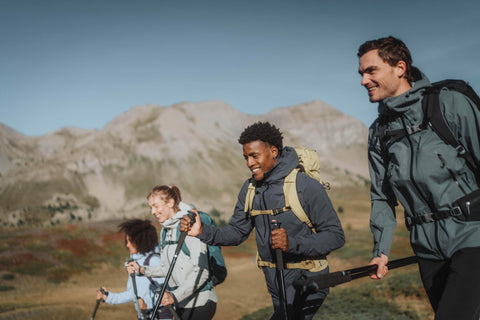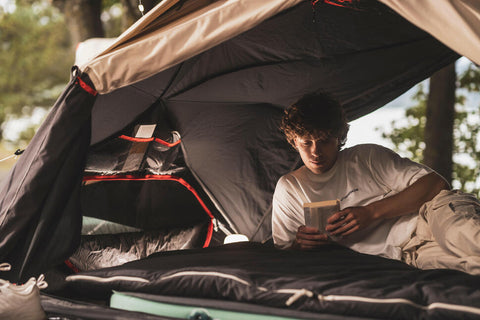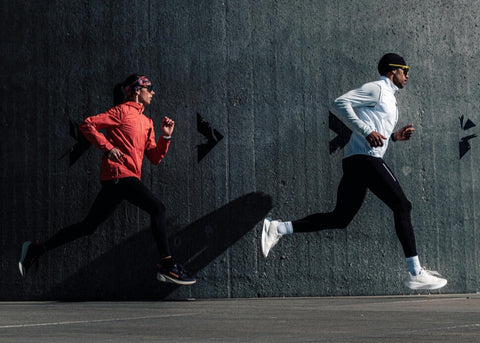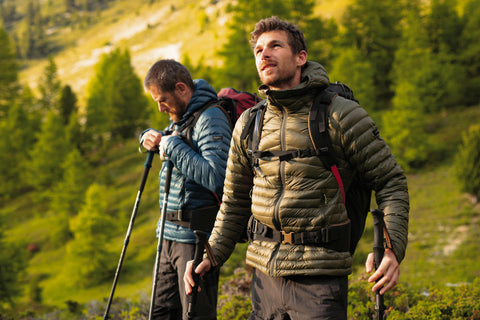You can enjoy a comfortable hike with your dog in our NH150 Hiking Shoes
A walker and his dog
My name is Jeremy and I am the proud owner of Soka, a Siberian husky. I wanted to share my passion and experience of walking with my dog in summer, which I simply refer to as "dog-hikes". Quite different from a walk or stroll, going on a dog-hike with your companion means they're attached to you, leading the way. Here are some recommendations for getting started and discovering some routes with your dog.
Advantages of hiking with your dogs
The primary advantage of hiking with your dog is deepening the bond you have with them. An outdoor activity not only provides visible well-being but also the relationship with your companion, deepening this bond.
Select appropriate routes
A good hike requires preparation. With a dog, the same applies.
First and foremost: you and your dog undoubtedly want to discover all the trails of your region. Not all areas are accessible so, before setting off, looking to see if your route has some uncrossable and unnavigable paths. Be aware of seasonal closures.
Secondly: think of how you're going to hydrate. Personally, my husky has trouble hiking with me above 65°F, so it's important to have a large provision of water for you and your dog when the temperature is high. It may be a good idea to check and see if there are water points while you map your route.
Thirdly: Verify what kind of obstacles your dog can tackle. If your dog is fast but not agile or has trouble climbing things, it may be worth reconsidering the hike in the steep hills or in the depths of the woods.
How to gear your dog
Before heading out on your route, you should prepare your equipment. There are two options, depending on the breed, size, and age of your dog and also the intesity of your hike.
First: a backpack for your dog. Find one with pockets so that water, food, and toys can be carried by your companion. Be aware of the load your dog can carry and avoid overloading your pet. In good health, your dog can likely carry about a third of its weight; but if you're going on a longer or more intense hike, limit the load to just a quarter of the weight.
Second: Personally, I carry the water and food in my own backpack. This way my dog has greater mobility.
When your backpack(s) are ready, it's time to prepare your dog's harness. Your choice of harness depends on your type of activity. An "x-back" type of harness is most suitable for sled dogs--the attachment point is located just in front of the tail and has the dog towing it's own weight. This differs from a traditional leash, which is attached at the neck.
Attach your dog to your body using a rope with some sort of "shock absorbing" quality (usually some kind of elastic material). For sled dogs, lead lines serve this purpose well. Attach your line to the stomach strap on your backpack.
